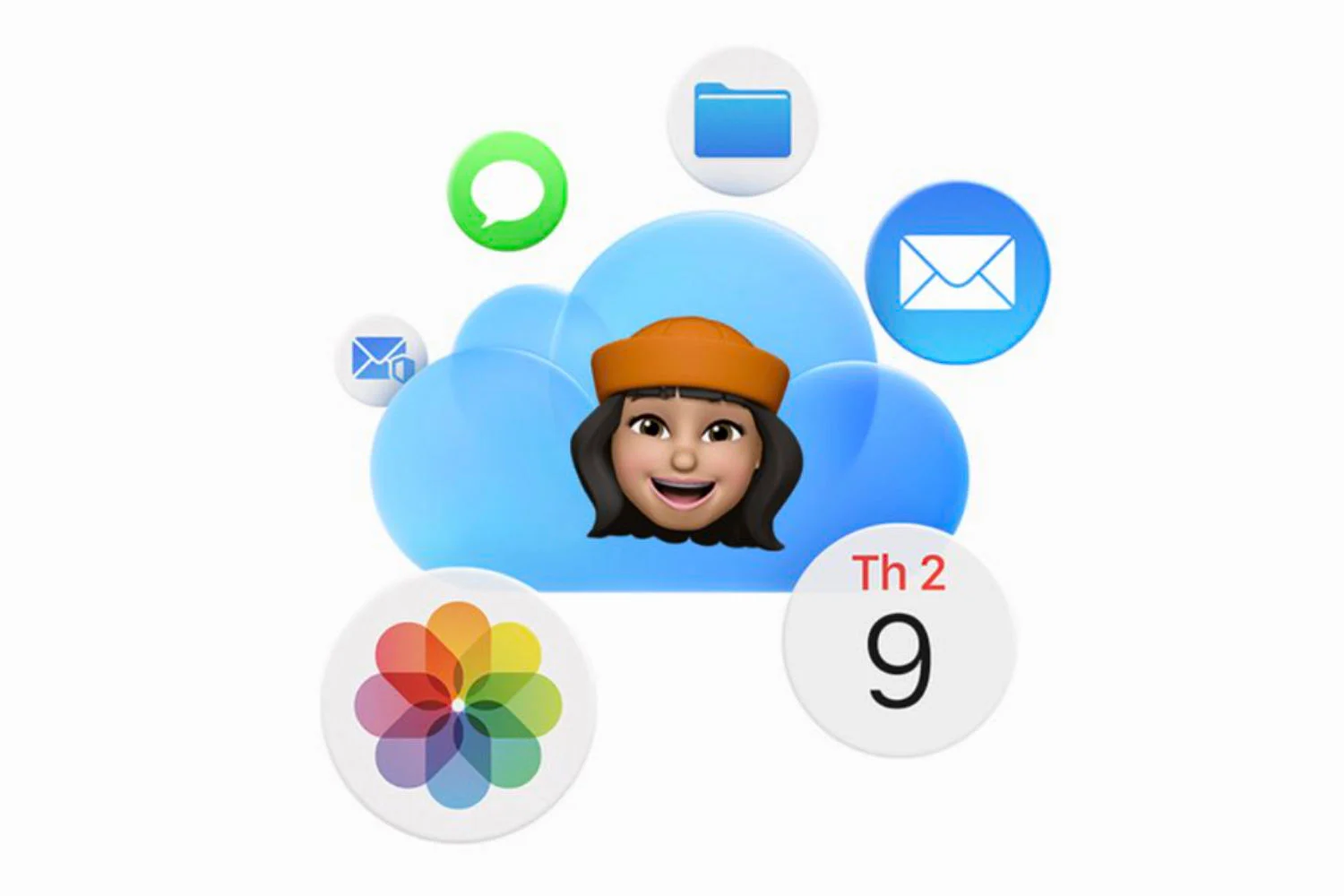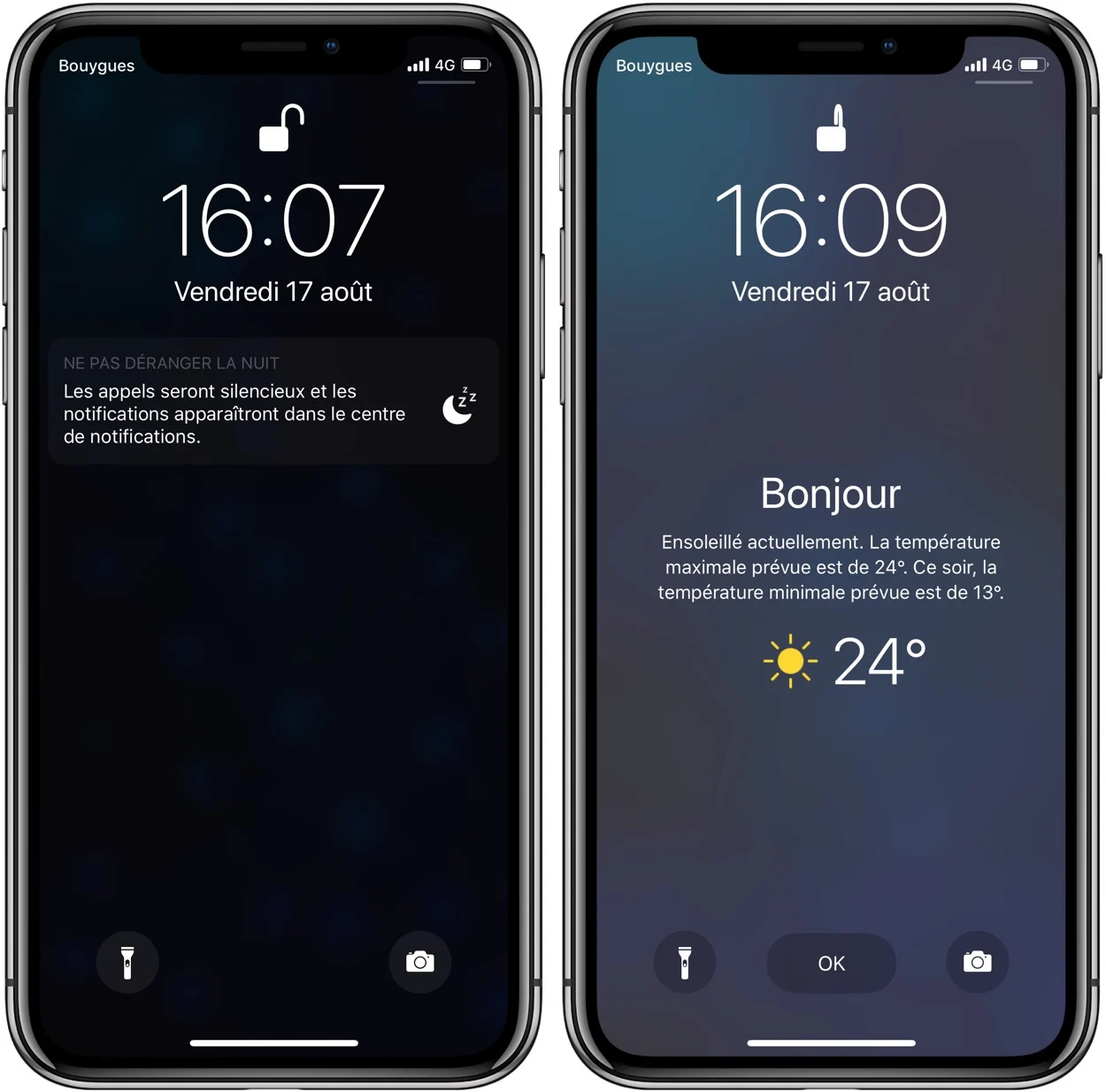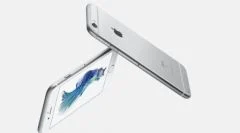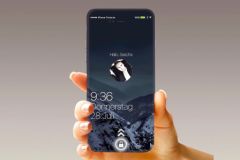Avantthe Macs we know today, Apple's iconic computers were called Macintosh. A range that reigned for almost a decade, until 1997. Among the operating systems of these machines,System 6. The program quickly became a reference, but will very quickly be replaced by new versions.
However, there are still some nostalgic for this era, like the artist John Calhoun. On his blog, the latter details in detail how he revived this software as “a love letter to [his] first Macintosh” by installing it on aprototype halfway between a calendar,the iPad Maxand a photo frame.
100% original creation
This concept, whose appearance is close to a Macintosh with a floppy disk drive, uses a non-touch e-ink screen, connected to a Raspberry Pi 3, a sort of mini-computer on a printed circuit costing around forty euros. The diagonal of5.83 inchesbroadcasts a preview of automated System 6 where the developer has notably opened the calendar on the desktop. The list of events planned for the day accompanies it.
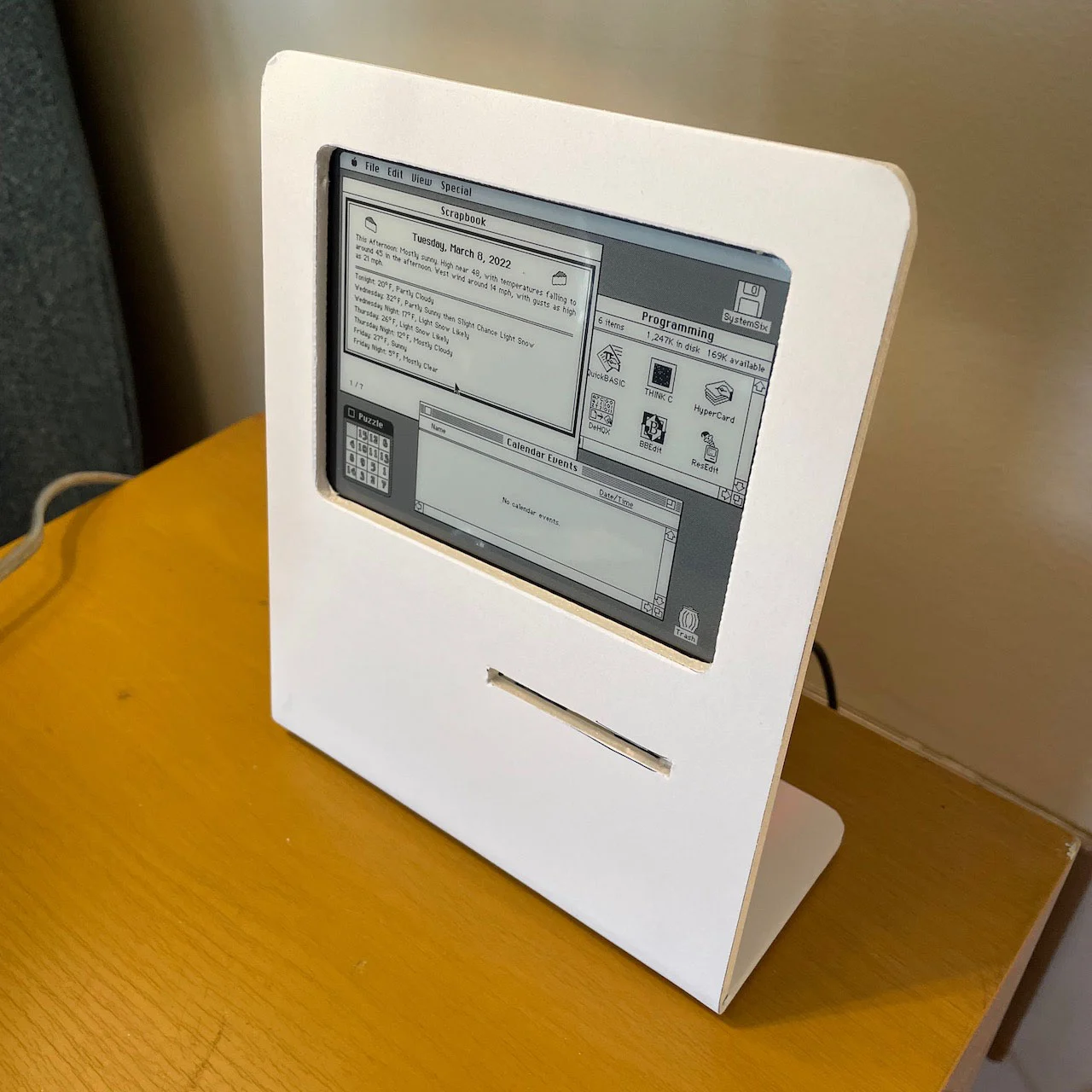
© John Calhoun
He is notnot possible to interactwith the interface directly, but the open windows can be changed according to the user's needs. Let us also point out that the installation latency time is of the order of a few seconds; we are far from a real tablet or an Amazon Echo Show.To discover the complete source code of this invention, go to GitHub: everything has been published there.
Engineers Need Art
In fact, Calhoun was inspired by other rather unique works such as a life-size newspaper with the same type of display. The advantage of technologye-ink, also called “electronic paper” or “e-paper”, is extremely energy efficient and yet easily readable in direct sunlight. Some consumer products, such as Kindle e-readers, are equipped with them.
To find out how SystemSix was imagined - that's the name of this homage to the Macintoshes of the last century - its inventor has described the procedure illustrated with several screenshots on his site.The content is accessible here and written in English. We learn in particular that the frame is made of a laser-cut plexiglass panel with a thickness of three millimeters, making it possible to achieve afinal cost price under 100 euros.

i-nfo.fr - Official iPhon.fr app
By : Keleops AG

